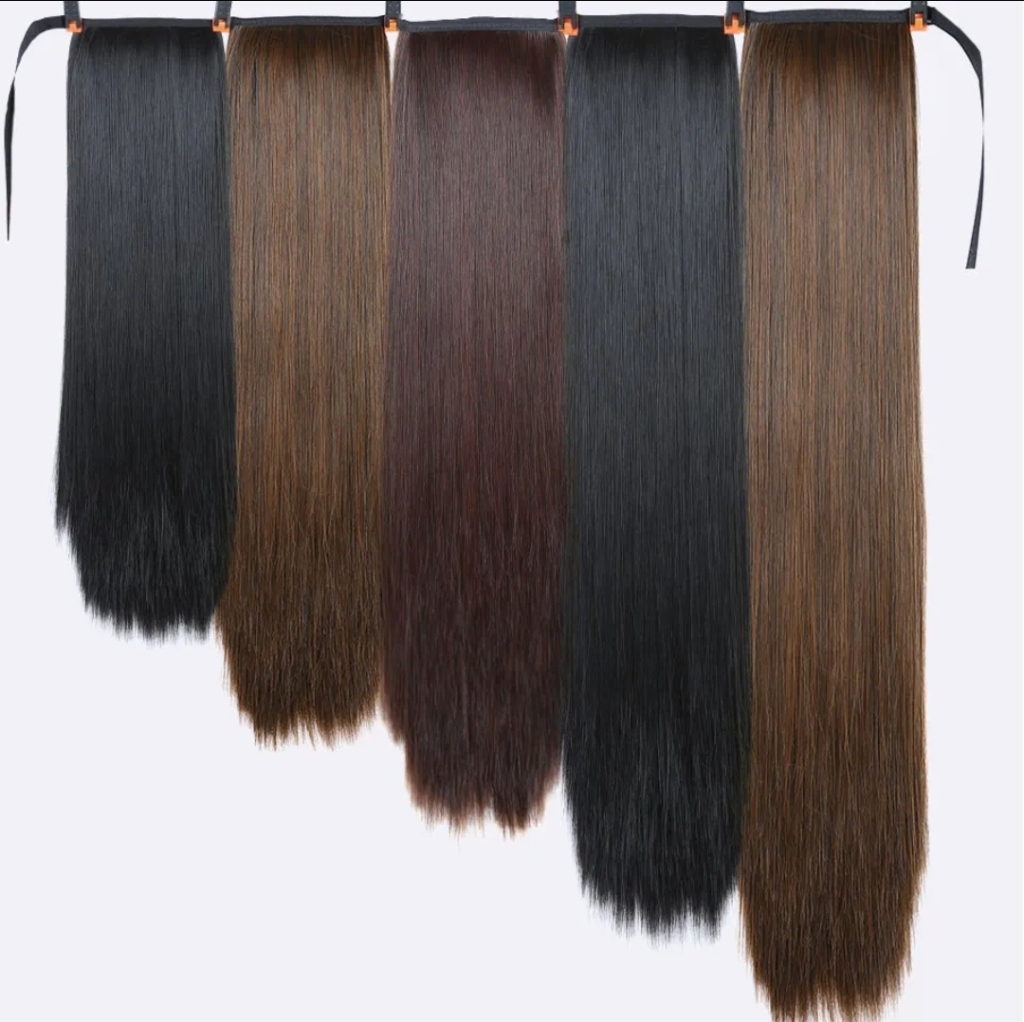
The Indian Human Hair Market
Abstract
“Hair has always been central to my identity.” This is the first testimonial in a commercial for the hair supplement called Nutrifol. Many women can identify with that statement. All women want to feel beautiful and be perceived that way. Hair can reflect a woman’s social and health status, self-image, personal taste and even her aspirations.
In many cultures long hair is considered the most feminine and attractive. However, certain hair textures are harder to grow to long lengths than others.
Hair that is more tightly curled and kinky can be difficult to grow healthy and long because it is inherently dehydrated; this makes it brittle and thereby prone to split ends and breakage. Moreover, its tendency toward frizziness can create the unfortunate result of appearing unkempt, compared to straight hair.
Dehydrated hair requires constant moisture and hydration. Growing this texture long is a constant struggle, as even the slightest neglect can cause loss of length to breakage.
But many women with tightly curled to kinky hair crave the look, style flexibility and ease of management that is available with long, straight hair.
According to Solvay, “over 65% of the world’s consumer population (approx. 1 billion consumers) has textured hair.” And “women with textured hair spend 78% more,” on average, than women with straight hair. This is a direct result of the constant hunt for the wide variety of product categories that effectively deal with the issues around care, styling and maintenance.
Kinky Hair

African hair is the kinkiest and most prone to the effects of dehydration. With this texture, the coil of the hair shaft traps the natural oils of the scalp at the scalp, preventing it from traveling downward and coating the strands with moisture. Attaining long length requires consistently practicing a quite tedious hair care regimen, focused on retaining moisture and hydration, increasing elasticity and preventing breakage.
For example, women usually sleep on a silky pillowcase and/or wrap the hair in a silky scarf for bed.; cotton is avoided, as it will deplete the hair of moisture as well as break strands that get caught in the weave of the fabric during sleep. African American women also practice an approach called “protective styling.”
Protective Styling
Styling African hair to be more consistent with cultural norms outside of Africa can come at great expense of time, finances and emotion. Over the last two decades the go-to way around the emotional and time costs of assimilation is to add hair extensions, known as “weaves.” Weaves, along with braids and wigs, are also employed for protective styling. Extensions provide the added benefit of camouflaging the awkward stages of growing out short hair or growing out a perm to “go natural.”
Protective styling is intended to prevent the damage caused by exposure to the elements and stress on this delicate, brittle texture caused by a regular maintenance routine. It gives the hair a chance to grow out safely.
Conclusion
As you will see, women with kinky hair textures are willing to make sacrifices, if necessary, to pay the price for these benefits.
In addition to texture issues around growing long hair, women and men replace lost hair due to health and aging issues – cancer treatments, autoimmune diseases such as alopecia as well as male-patterned baldness, hereditary issues and thinning, to name a few.
Data on the hair extension market is historically difficult to come by; proprietors are usually small family-run businesses keen on protecting such information.
However, what this paper will show is a massive consumer market that continues to grow steadily for several reasons, including that while the current market persists, the developing world is growing in acclimation to Western beauty standards with increasing disposable income.
This report will specifically cover the Indian human hair market for the African American female consumer. You will learn the rules, practices, trends, opportunities and more of this lucrative, interesting and rewarding international industry.


Leave a comment